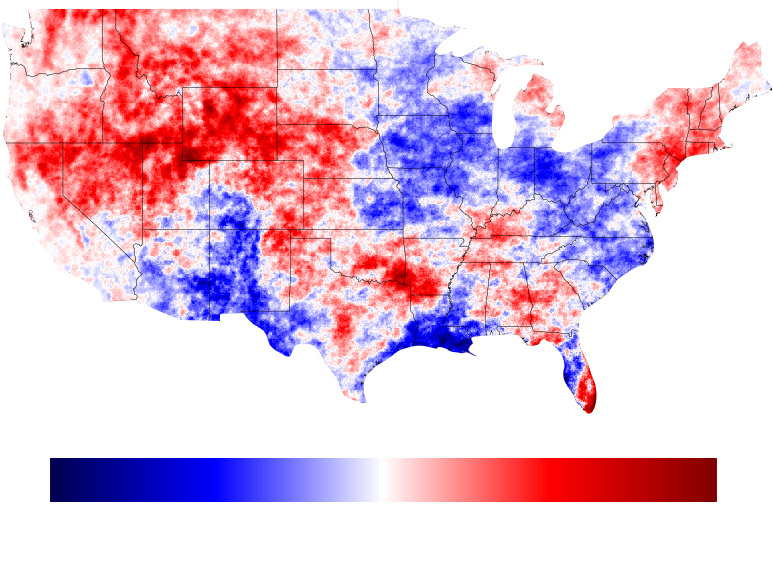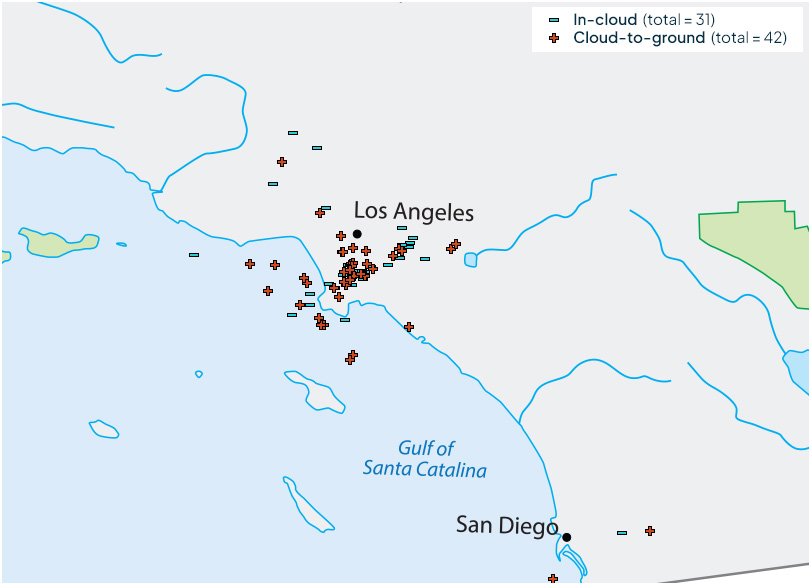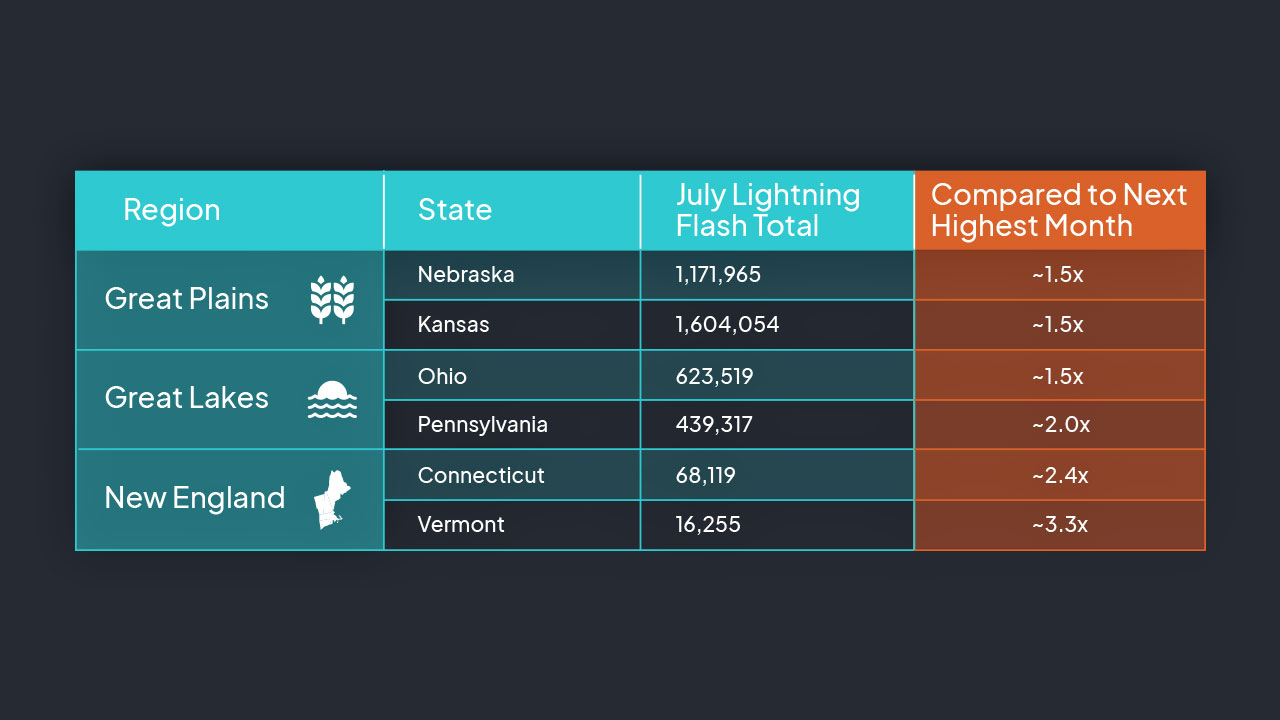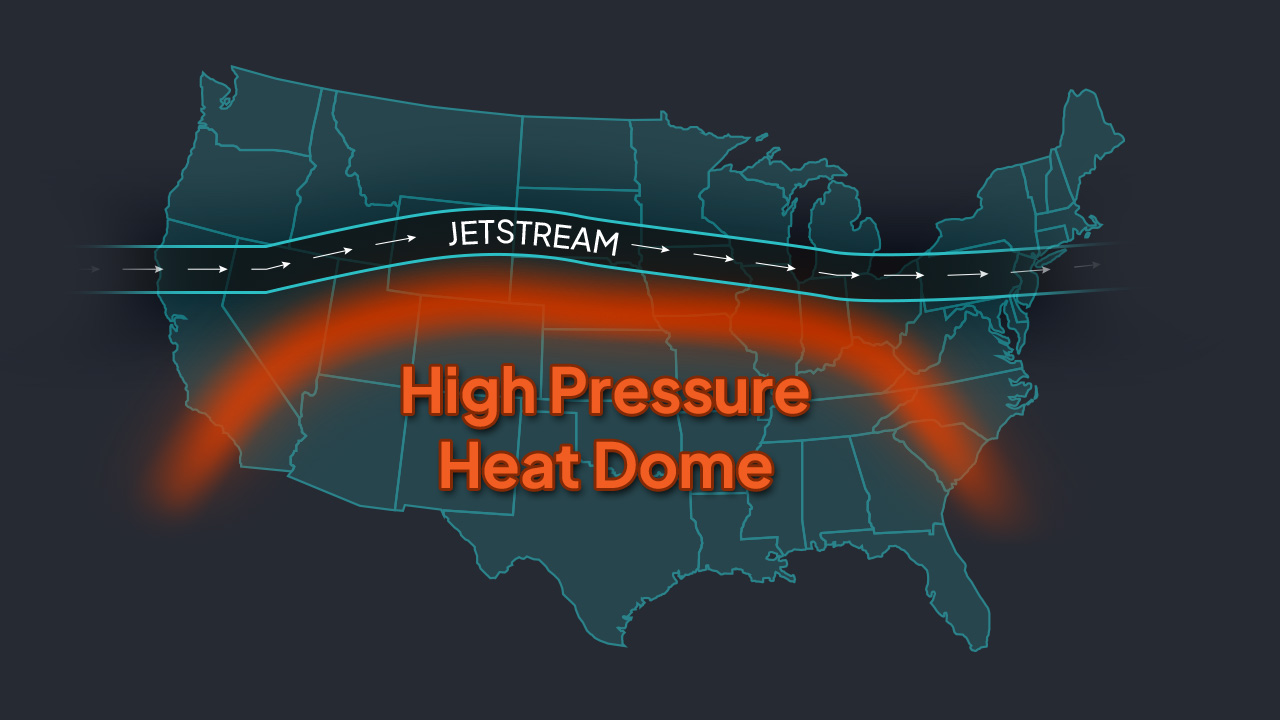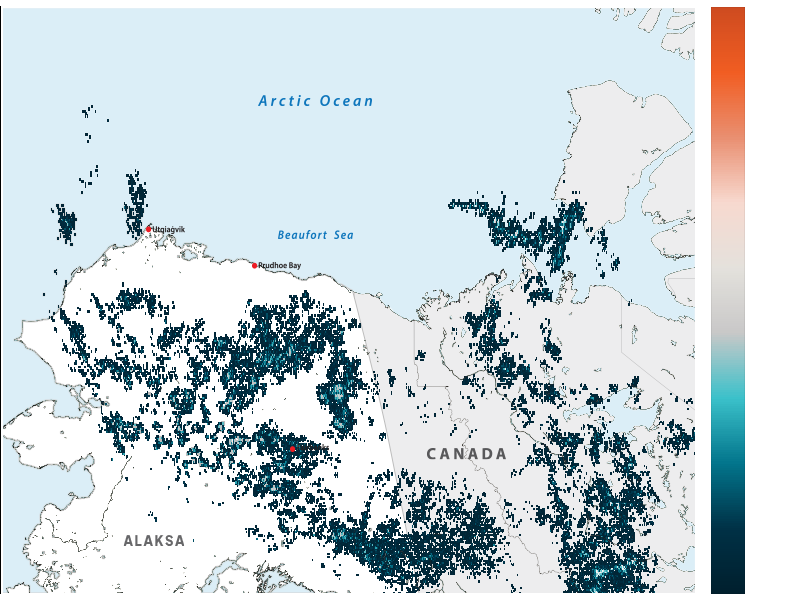Snow in southern California is a relatively rare sight. Thundersnow is even rarer. Yet, that’s exactly what residents outside Los Angeles got to experience on February 25.
It’s been estimated that thundersnow accounts for less than 0.1% of all U.S. snowstorms. The reason for this rarity is that lightning and snowstorms are generally caused by very different atmospheric conditions.
Lightning is caused by conditions of atmospheric instability in which warm air rises rapidly into the cooler air above it. In contrast, most snowfall occurs in conditions where the air near the ground is nearly as cold as the air above it. For comparison, a typical thunderstorm has air rising at more than ten miles per hour, while the most severe snow bands tend to have air rising only at two miles per hour.
However, under the right circumstances, a cold air mass may come into contact with warm, moist air to produce both the conditions that are favorable to creating snow and the convection needed to generate lightning. This is exactly what forecasters in southern California predicted for February 25, when a cold air front dropping down along the California coastline was projected to collide with the warm, moist atmospheric river from the Pacific.
However, the atmospheric instability that gives rise to thundersnow also tends to result in higher snowfall rates. And that’s exactly what we saw in this case. In addition to producing 337 lightning pulses (as measured by AEM’s Earth Networks Total Lightning Network), the storm brought snowfall to elevations as low as 1,000 feet (305 meters) and rare blizzard conditions to the mountains outside Los Angeles.
July 2023 has gone down as the hottest month the globe has ever recorded. It also set a U.S. record: the July with the most severe weather reports – 6,637 to be exact. These two records are closely connected.
In July, a series of high-pressure ridges, colloquially known as heat domes, settled over Europe, Asia, and North America, driving up temperatures. While heat domes form every summer, it is uncommon to see so many forming simultaneously. And, the North American heat dome, which spanned across the entire southern tier of the U.S., was exceptional for its strength and duration.
Thunderstorms tend to form at the edge of heat domes, where the dome’s hot air mixes with cooler air from outside. In the case of the U.S. heat dome, the jet stream was able to pick up moisture pooled against the Rockies and carry it eastward along the edge of the dome to create a sort of “storm superhighway.”
Unfortunately for the Great Plains, the Great Lakes, and the Northeast regions, they were in the path of this highway. As a result, these regions experienced a significant amount of severe weather.
To appreciate just how much of an impact the July heat dome had, we looked at July lightning activity in a series of periphery states and compared that to each state’s lightning activity across all other months. What we found was that these states experienced 1.5-3.3 times as much lightning activity in July as they did during their next-highest month for lightning activity.
The same heat domes that broke global temperature records in July also brought exceptional, prolonged heat to Alaska. In Fairbanks, temperatures ran about 3.7 above average for the month. In Utqiaġvik, the northernmost city in Alaska and the U.S., highs were running about 25 degrees above average.
That exceptional heat produced exceptional thunderstorms. The University of Alaska in Fairbanks reported that over 20,000 lightning strikes were recorded over Alaska and neighboring territories in Canada from July 24-25. Throughout July 24, AEM’s ENTLN recorded 23,616 lightning pulses, which comprised 16,505 flashes.
Thunderstorms occur routinely in Alaska, but lightning activity of this magnitude is rare. Remember that Alaska ranks last among all U.S. states for lightning density. And even though it dwarfs all other states in terms of land area, it still ranks in the bottom 10 for its total lightning count. The lightning activity from that single 24-hour period accounted for about 31% of the state’s entire lighting activity for the month of July, and July far surpassed any other month for lightning activity in Alaska (about 1.7 times that of the next-most-active month).
The lightning strikes sparked about 30 new fires across Alaska. As a result, Alaska’s total burned area quickly shot from 2,000 acres on July 20 to more than 290,000 acres by August 17. The percentage increase was astounding (+14,400%). But, luckily for Alaska, a series of other factors conspired to make this year’s fire season and total burn area one of its smaller ones.
While a lightning storm of this magnitude may be exceptional in Alaska, it may become less exceptional in the future. As the climate warms, researchers predict Arctic lightning could double by the end of the century.


